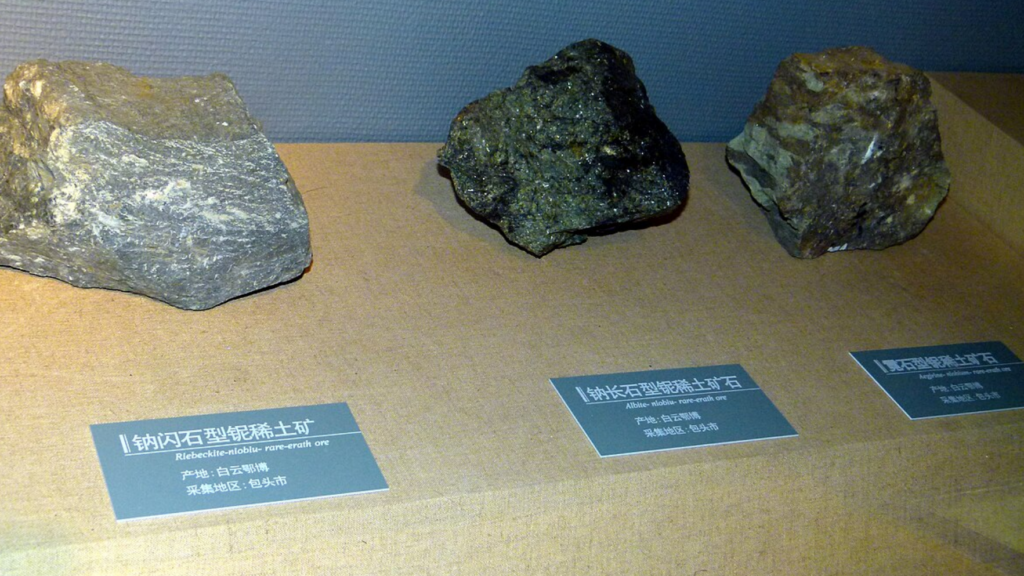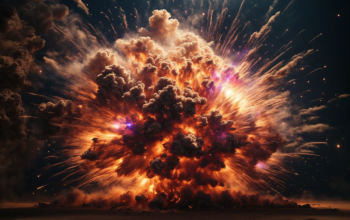By Kam Hesari
The global shift toward clean energy is set to trigger a supercycle in commodities, reshaping demand for raw materials as nations push for net-zero targets. This transformation, already reshaping entire industries, will require unprecedented amounts of materials and a realignment of capital investments on a scale never seen before. While the focus has largely been on phasing out fossil fuels, the clean energy transition is driving a surge in demand for metals crucial to building a low-carbon economy. Solar panels, wind turbines, and electric vehicles require significantly more minerals compared to their fossil-fueled counterparts. For instance, an electric car needs six times the mineral inputs of a conventional car, and a wind plant requires nine times more minerals than a gas-fired plant. Solar farms may not require fuel, but they depend on a vast array of resources to be built and maintained. This shift from a fuel-intensive to a materials-intensive energy system underscores the central role commodities will play in the coming years.
European Commission President Ursula von der Leyen highlighted the growing importance of critical minerals when she stated “Lithium and rare earths are already replacing gas and oil at the heart of our economy. By 2030, our demand for those rare earth metals will increase fivefold.” The United Nations’ pledge to triple renewable energy output globally by 2030, aligns with her outlook. Furthermore, the International Energy Agency (IEA) forecasts demand for rare earth elements to jump three- to sevenfold by 2040. The rare earths market, valued at $5.6 billion in 2023, is expected to surge to $14.6 billion by 2033.
Rare earth elements, a group of 17 critical metals, are indispensable to a broad array of technologies, from smartphones and electric vehicle motors to wind turbines and military systems like lasers, jet engines, armoured vehicles, radar systems, night vision equipment, and missile guidance systems, to name a few. China dominates this market, accounting for roughly 70% of global rare earth mining and around 90% of refined output, according to the United States Geological Survey. Moreover, Reuters reports that 98% of the EU’s rare earth magnet imports come from China, giving Beijing huge leverage over global industries. China is cementing its dominance by driving down prices and acquiring international mining assets for pennies on the dollar. To highlight the fragile state of the global rare earths industry, the VanEck Rare Earth and Strategic Metals ETF (REMX) has plunged over 85% from its peak.
Despite operating at a loss, China is using strategic overproduction to maintain its monopoly on rare earths and block Western nations from gaining market share. The move echoes OPEC’s 2014 strategy, when it flooded the market with oil, driving prices down from over $100 to below $30 a barrel in 2016 to undercut U.S. shale producers. To make matters worse, forecasting rare earth prices is extremely difficult due to a highly concentrated supply chain, geopolitical risks, and a lack of transparent pricing mechanisms. For example, unlike precious metals like gold and silver, rare earths aren’t traded on widely used public exchanges, making it harder for companies to hedge against volatile price swings.
Shockingly, U.S. reliance on imported critical minerals has surged to a 30-year high, with the country now sourcing over 50% of its supply for 43 out of 50 critical minerals deemed essential for the economy and defence. Furthermore, the Rand Corporation reports that 18 of the 37 minerals critical for defence applications are concentrated in China. Despite rising demand for rare earth elements (REEs), a decades-long decline in domestic mining investment has increased U.S. dependence on foreign imports, especially from China. With U.S. mining investment plunging from 2% of GDP in 1960 to just 0.5% today, the country is increasingly vulnerable to supply chain disruptions.
It’s been said that the importance of rare earths to China is similar to that of crude oil to the Middle East, Beijing has increasingly leveraged these minerals as a tool for national resource security and industrial security. Given the time lag that would be required by U.S. companies to establish a significant presence in the global rare earth supply chain, China has threatened restricting the flow of these critical materials should it be provoked into a major trade war with the U.S.
Historically, when China restricts the sale of rare earths, prices tend to spike. In 2010, China’s decision to halt exports of rare earths to Japan over a fishing dispute caused a massive price surge. A similar pattern occurred during the 2019 trade war, when export limits again sent prices soaring. Trade wars can leave many companies sourcing for crucial rare earths, even if they make up just a small portion of a product. As supply chains scramble to adapt, scarcity drives aggressive bidding, pushing prices even higher for industries unprepared for the sudden market shifts.
After years of inaction, Western nations like the U.S., Australia, the EU, and Canada are moving to develop a new rare earths supply chain to curb reliance on China’s market dominance. Europe aims to increase supply through domestic targets set by its Critical Raw Materials Act, while the U.S. is pushing permitting reforms and government incentives to revitalise domestic mining. Australia, a long-time ally of the U.S. in critical mineral supply, is benefiting from tax incentives that have helped the expansion of rare earth projects. Additionally, Australia’s designation as a domestic source of supply for the U.S. under the Defense Production Act has opened up new funding opportunities from Washington to further develop these resources. Canada and the UK are also recognized under the Act as trusted sources of critical minerals.
Conclusion
Efforts to diversify rare earth supply chains are expected to push prices higher, as breaking up established systems typically increases costs. For the U.S. and its allies, reducing dependence on China for these critical materials poses a complex, long-term challenge. Meanwhile, China’s aggressive market tactics have cemented its control over one of the world’s most vital resources, reshaping both the global economy and geopolitical landscape. By leveraging its dominance, China can apply significant political and economic pressure on nations dependent on rare earths. Recent moves to tighten production controls and enforce export bans on rare earth element (REE) technologies underscore China’s determination to maintain its global dominance in this crucial industry. With rare earths vital to the clean energy transition, the race to counter China’s monopoly has just begun.
China’s Rare Earth Monopoly: A Strategic Chokehold in the Clean Energy Transition https://t.co/Msov1lrNzF#investing #Commodities #rareearth #Geopolitics #NEWS #Mining #stocks #MiningStocks
— KAM HESARI (@KamHesari) September 27, 2024
DISCLOSURE:
All information shared in this communication is meant solely for entertainment purposes. It should NOT be taken as investment advice or an offer to buy or sell securities. The information presented here is sourced from what are believed to be reliable sources, but its accuracy cannot be guaranteed. This editorial does not consider the investment criteria, expertise, financial condition, or goals of individual readers, nor does it address jurisdictional or legal restrictions that may apply to certain individuals. Recipients should conduct their own due diligence and seek professional advice before making any investment decisions.
Image: Wikimedia
Become a Patron!
Or support us at SubscribeStar
Donate cryptocurrency HERE
Subscribe to Activist Post for truth, peace, and freedom news. Follow us on Telegram, HIVE, Minds, MeWe, Twitter – X and Gab.
Provide, Protect and Profit from what’s coming! Get a free issue of Counter Markets today.



